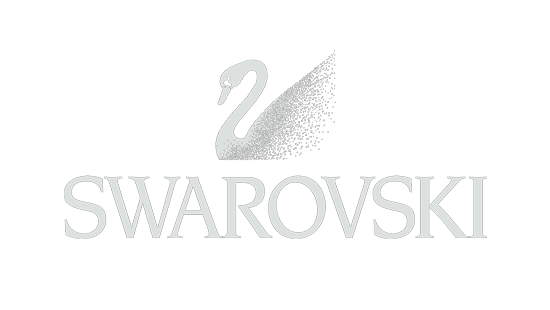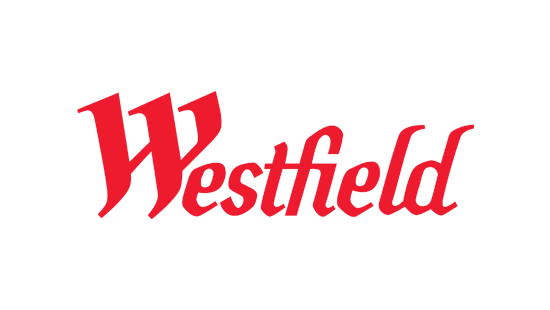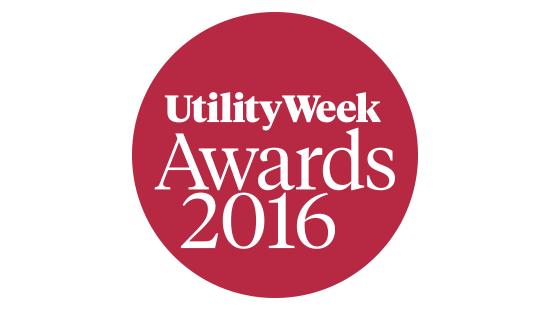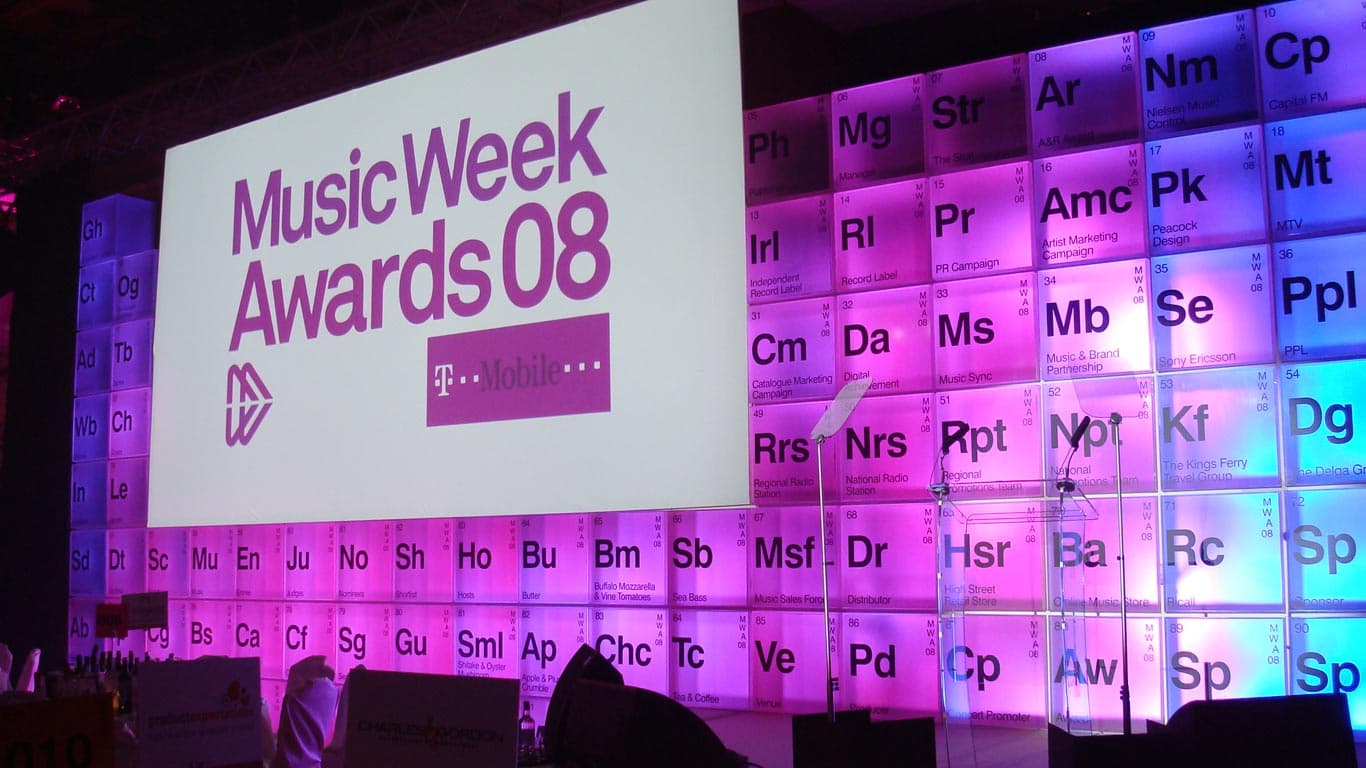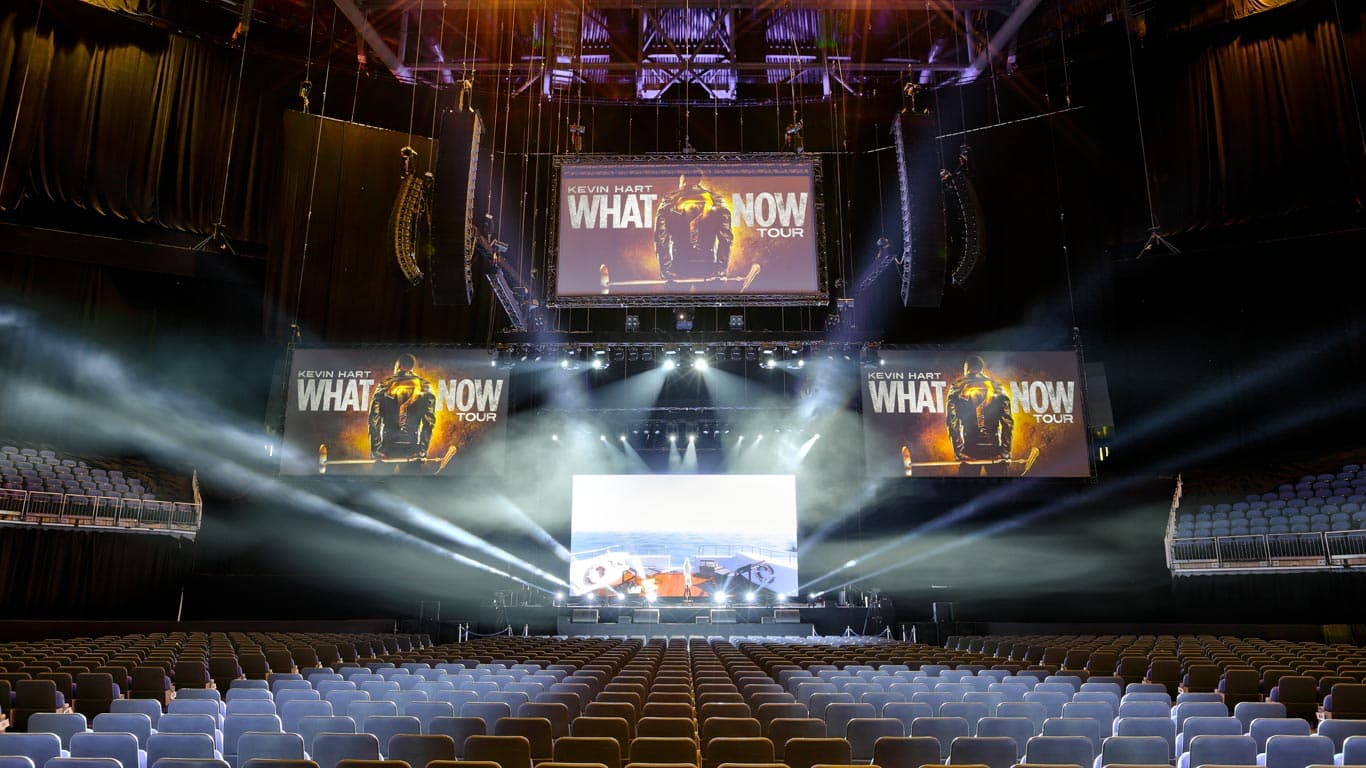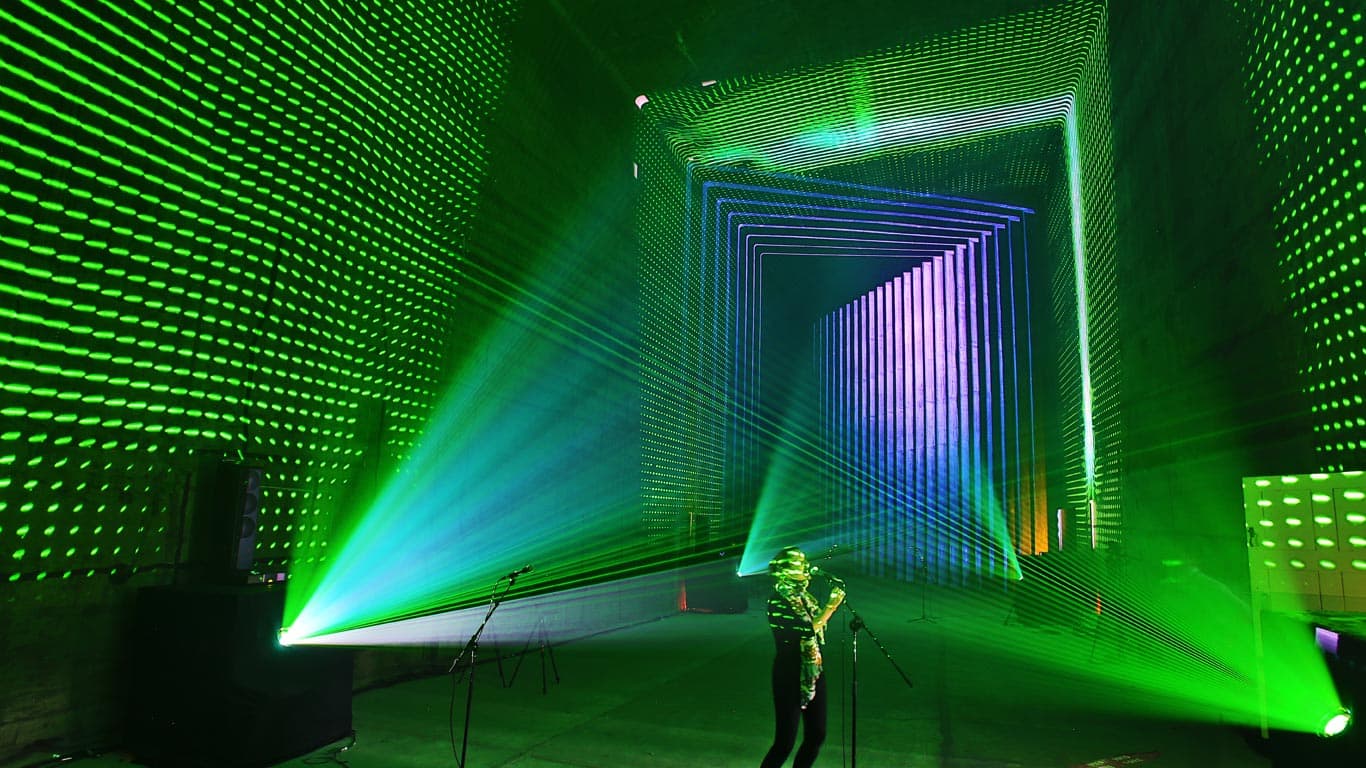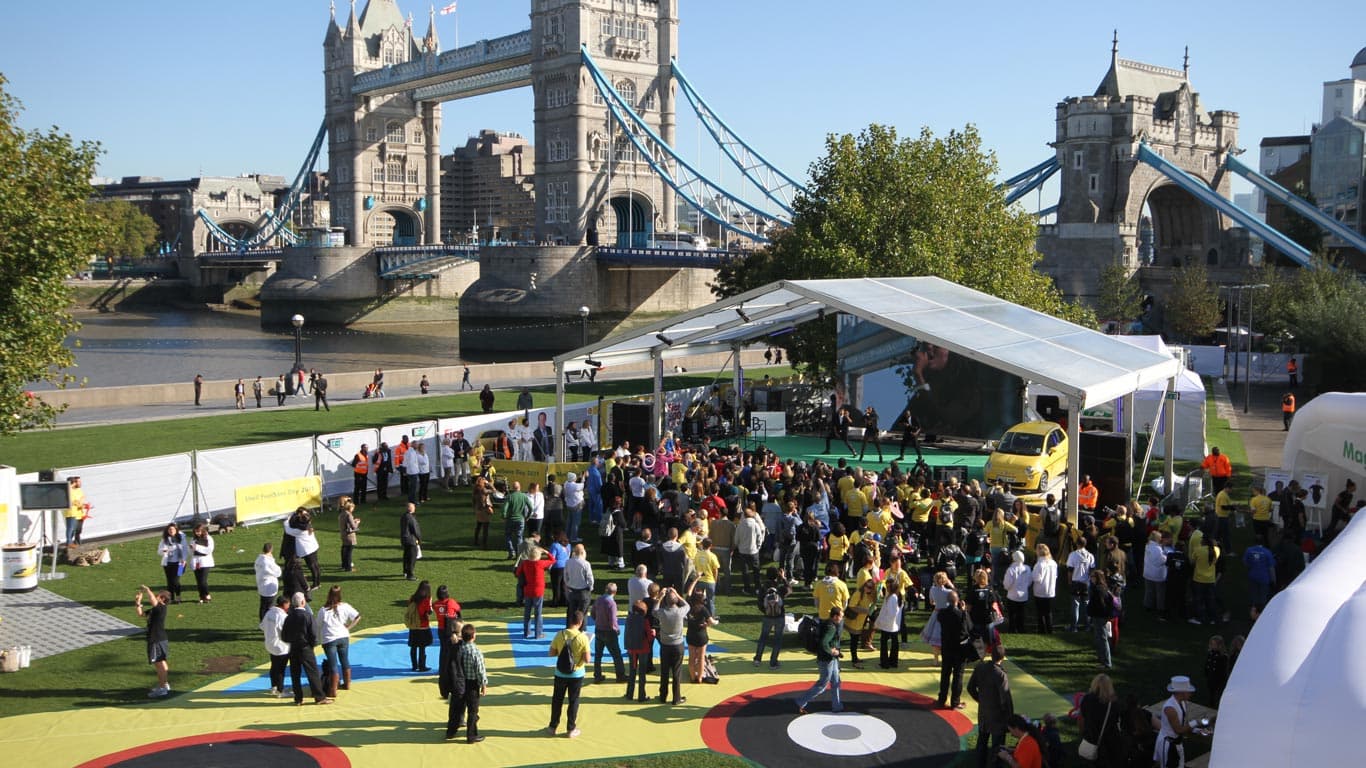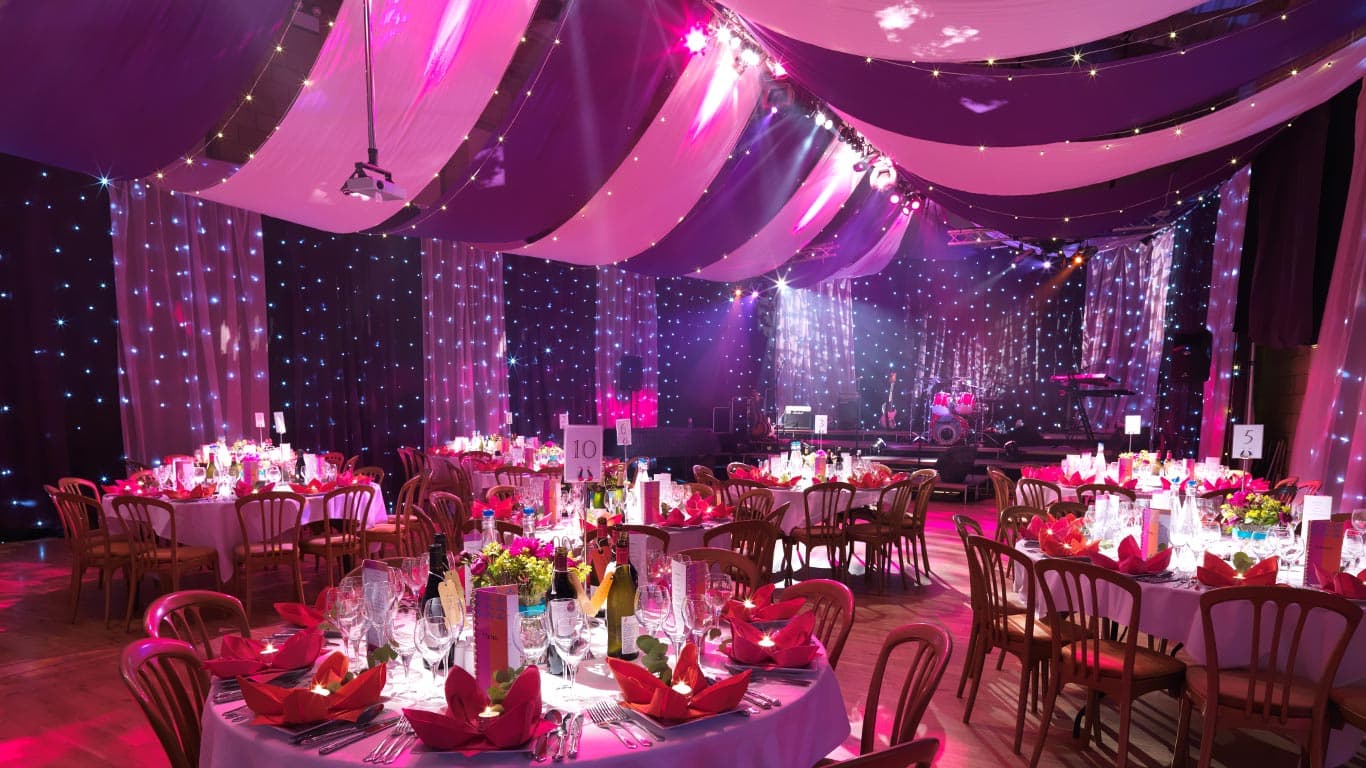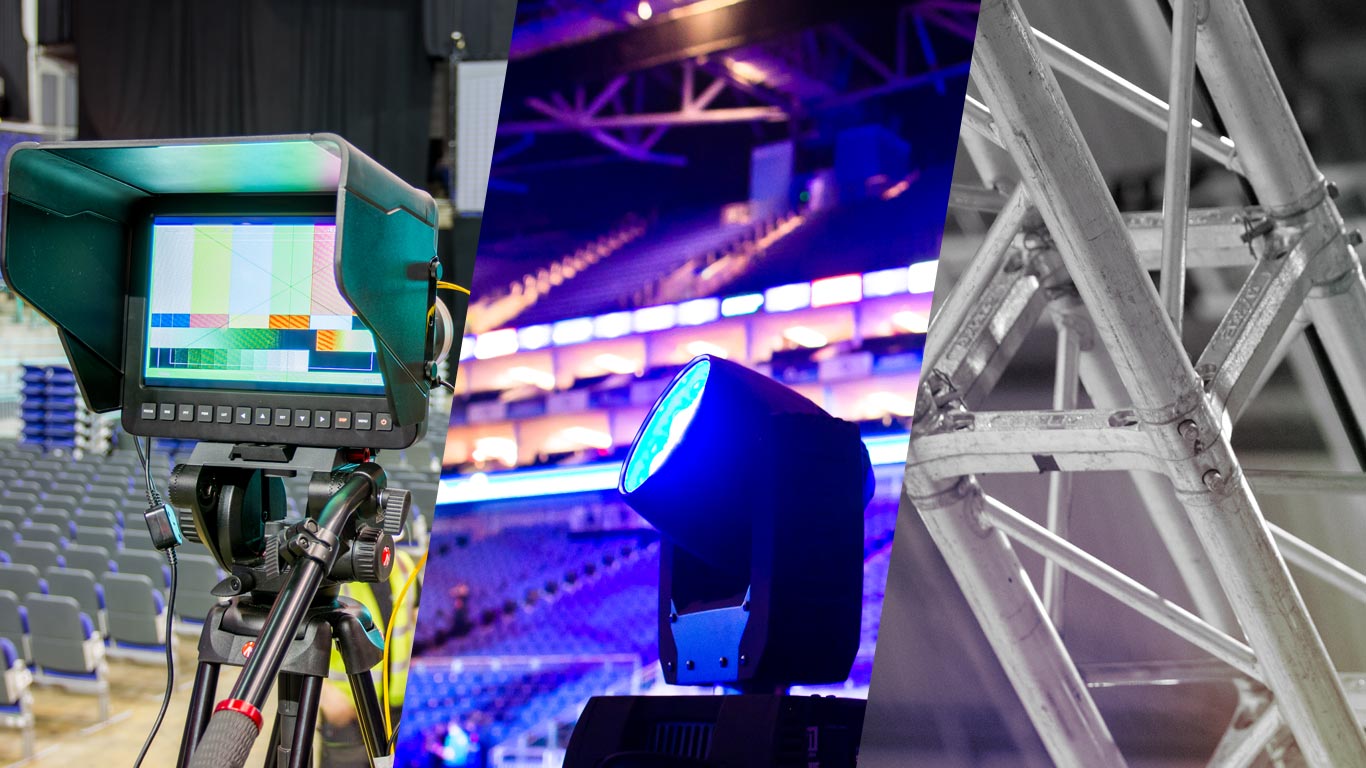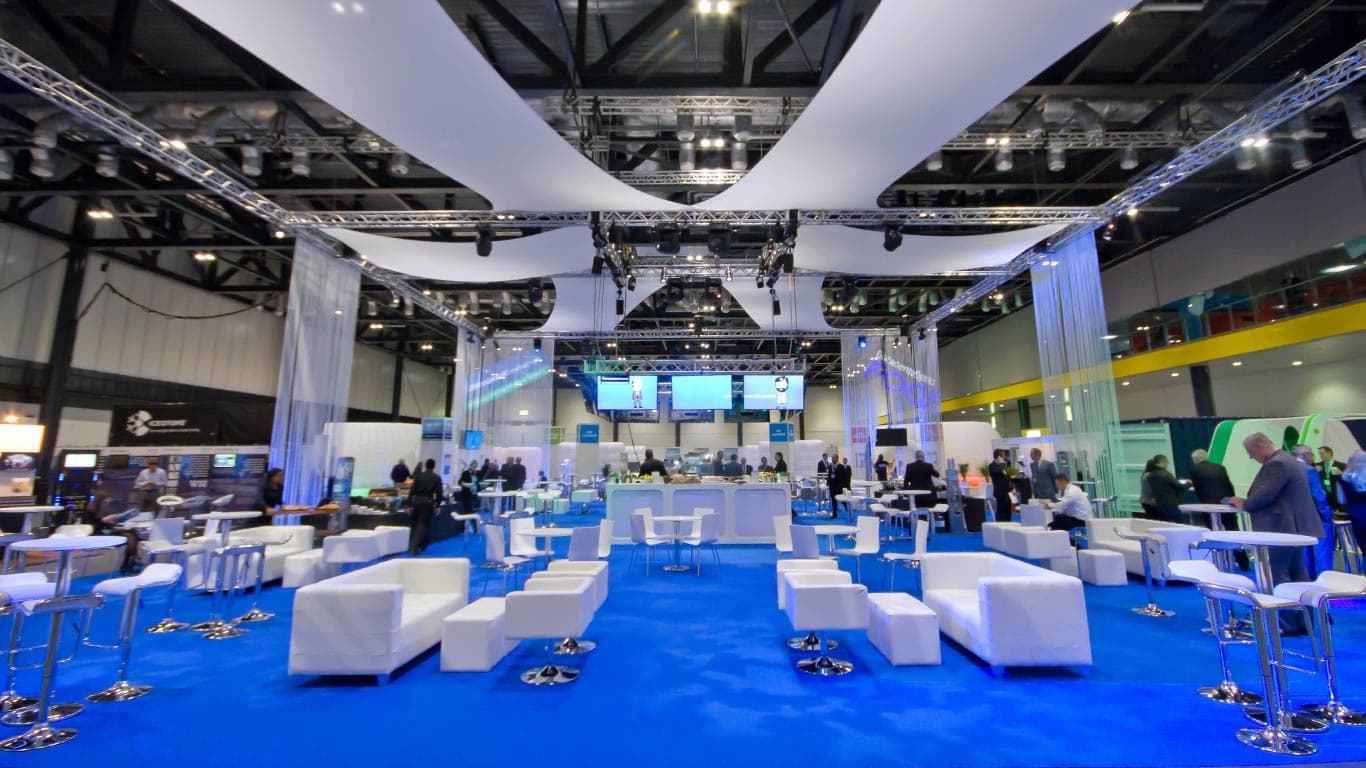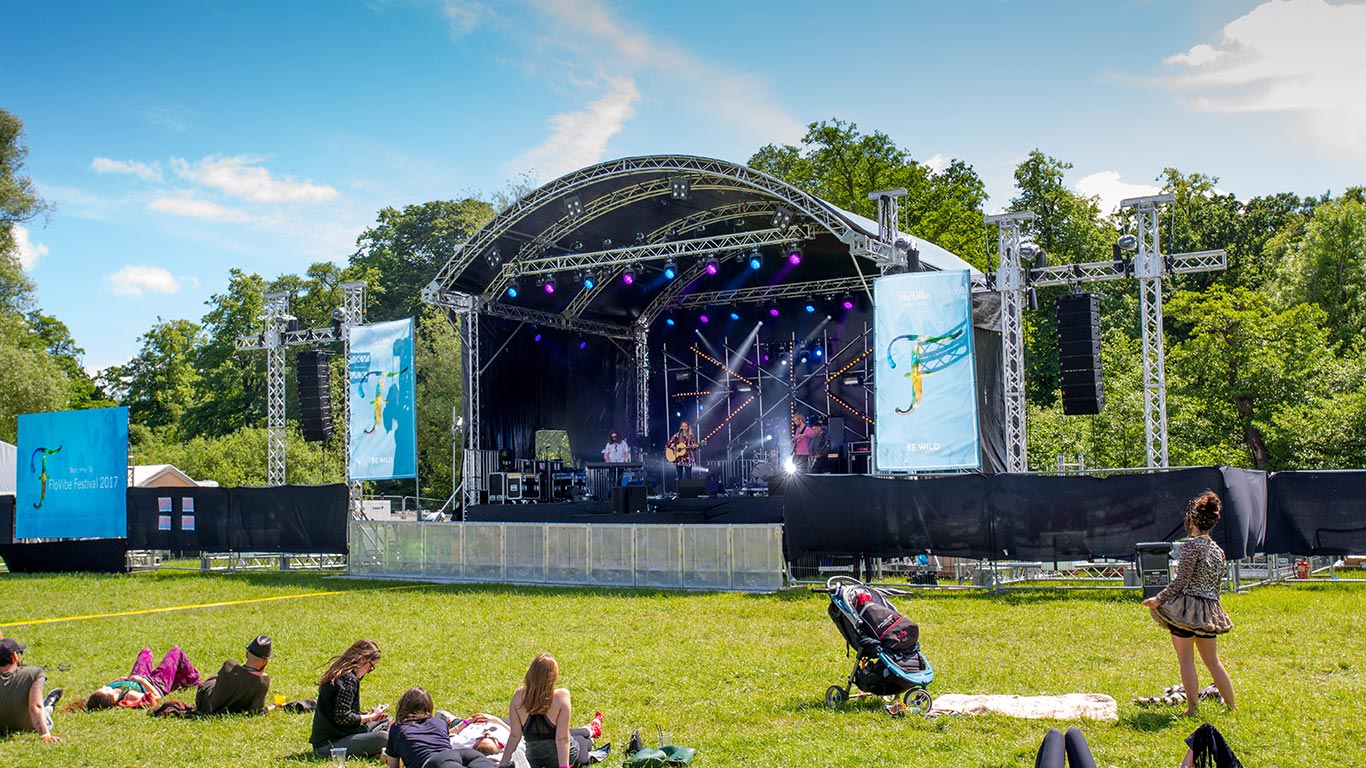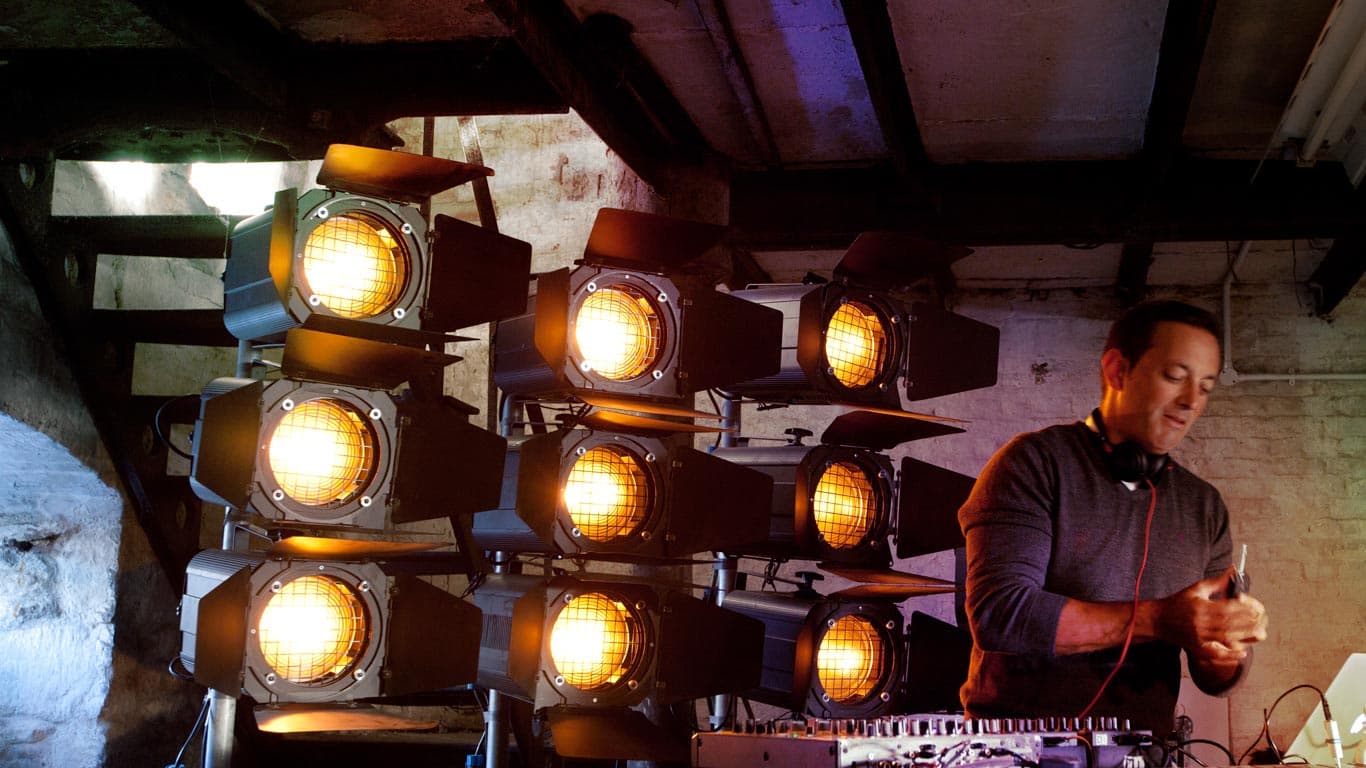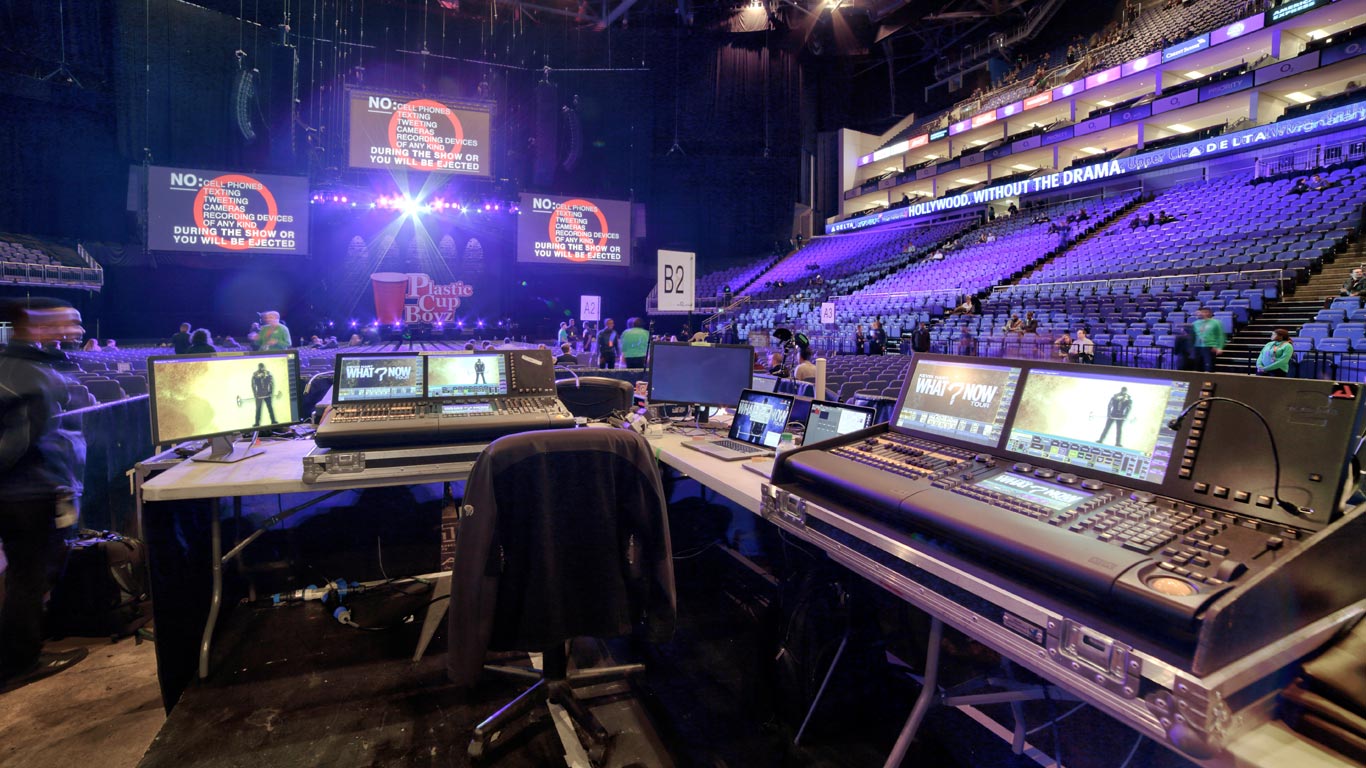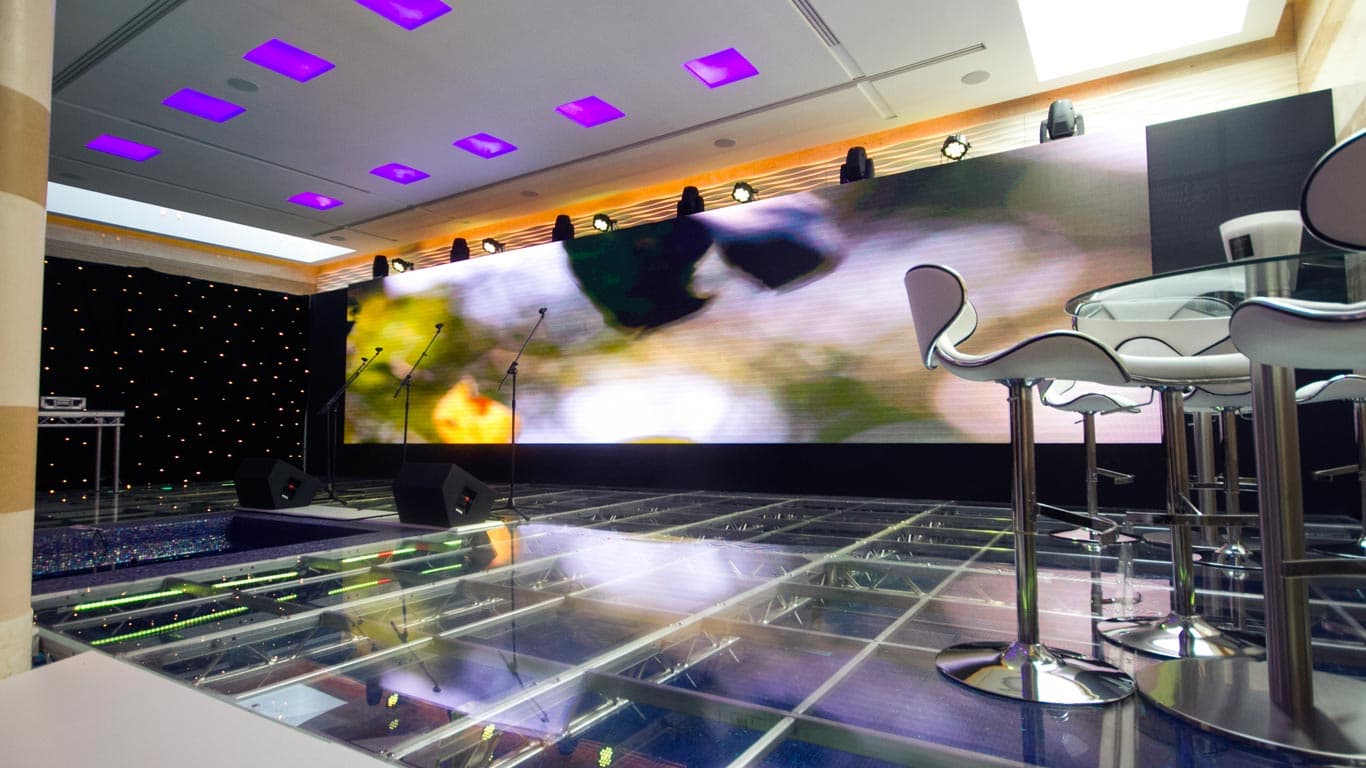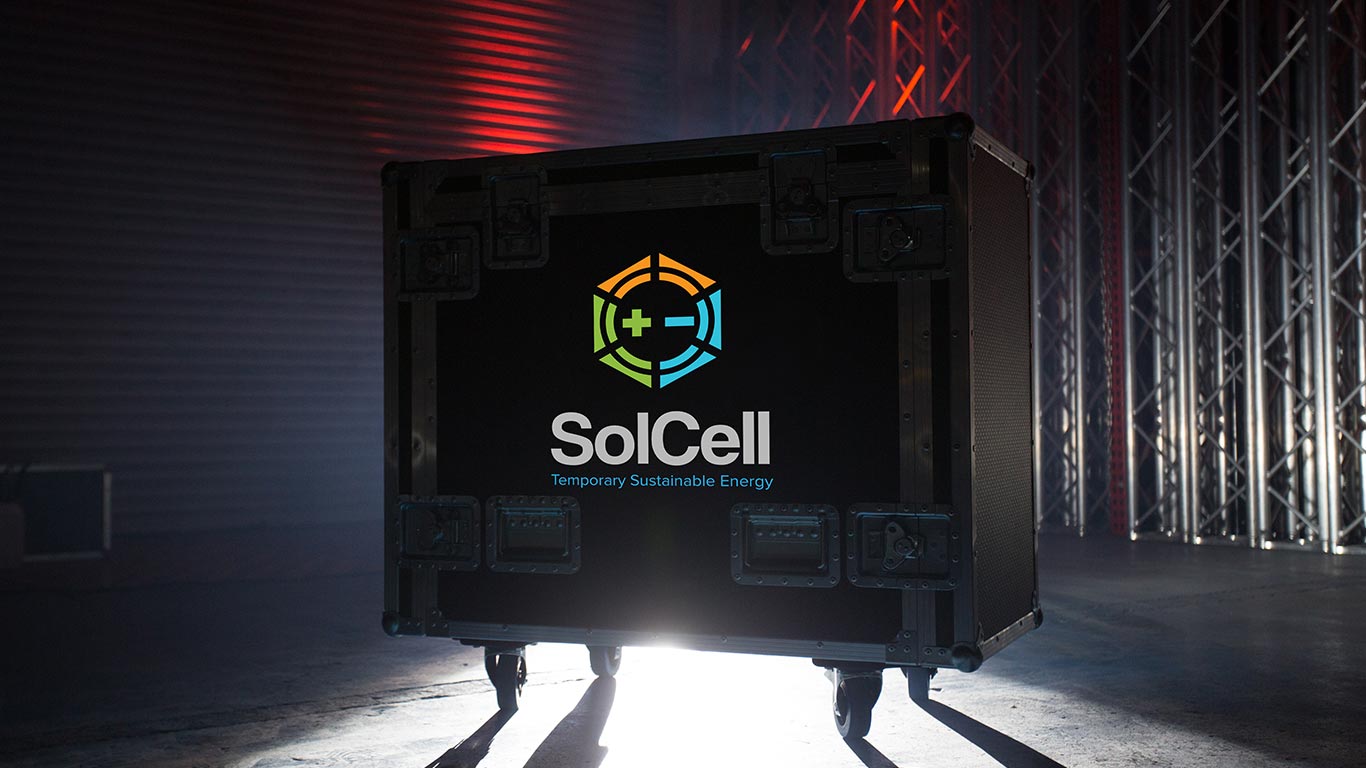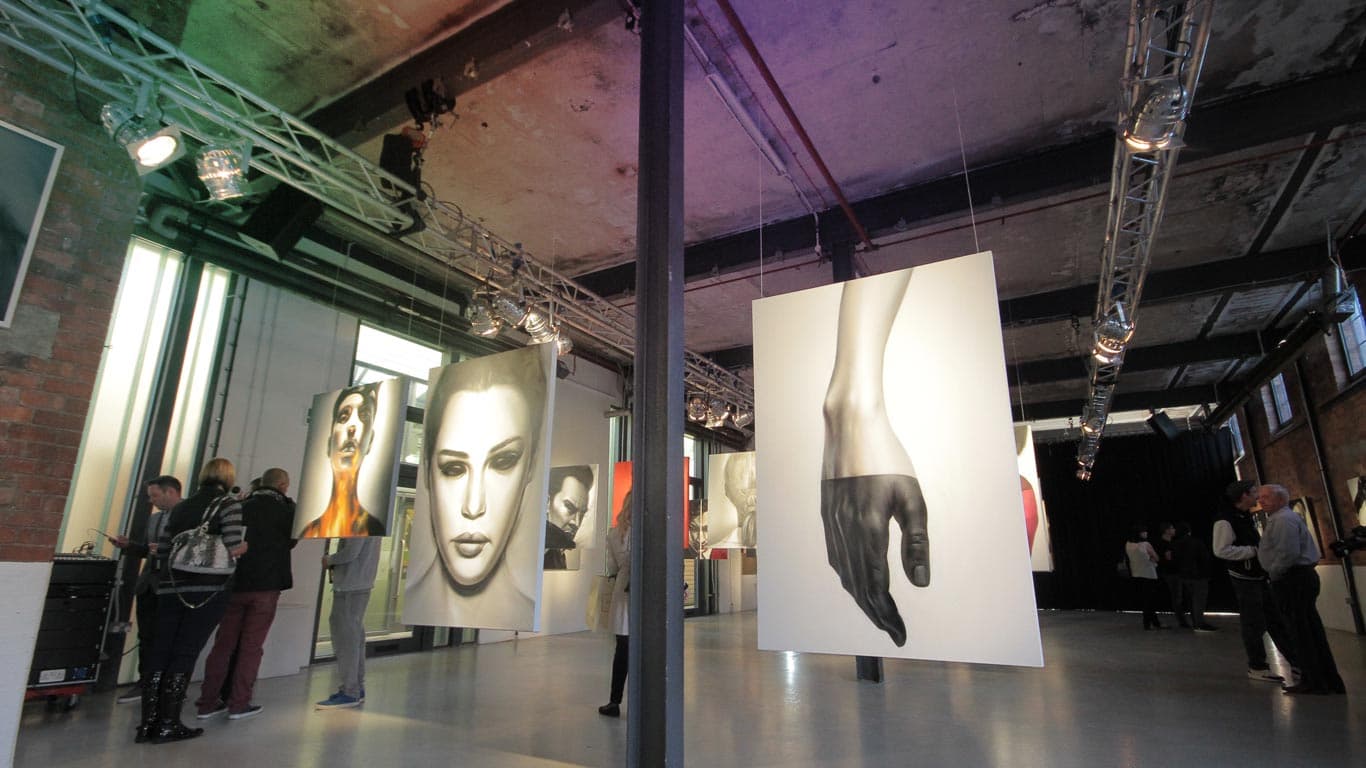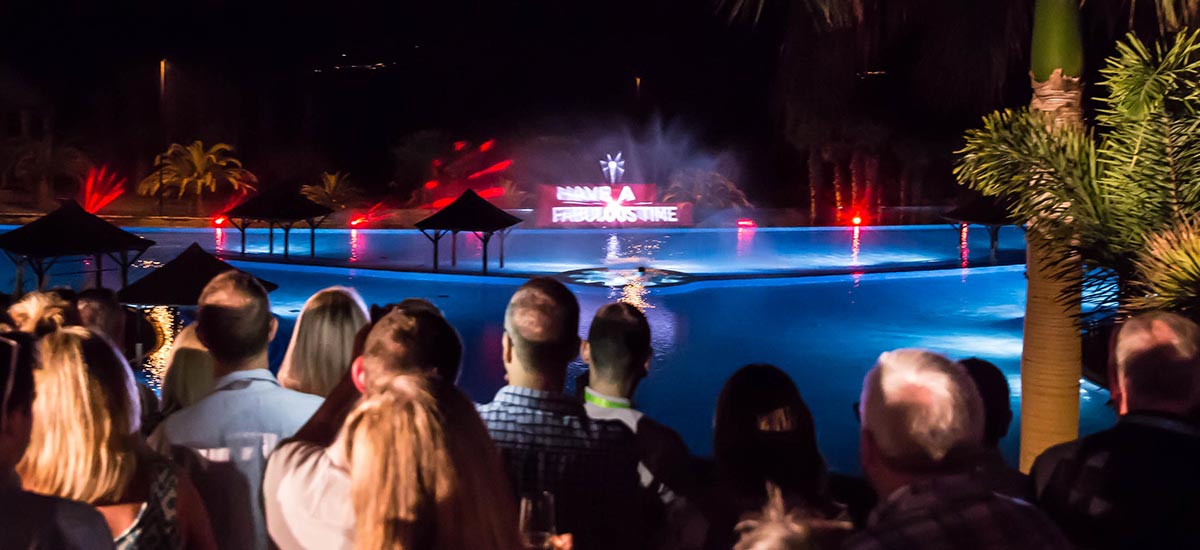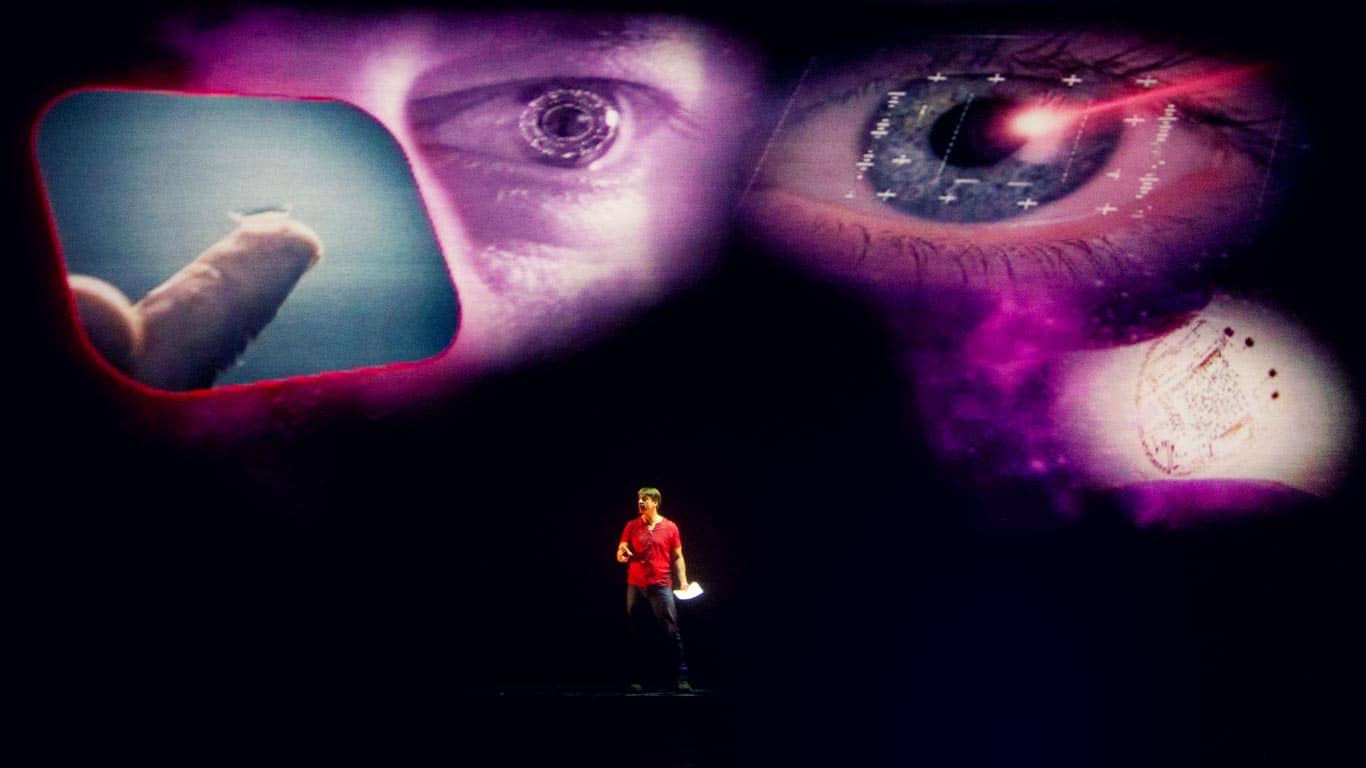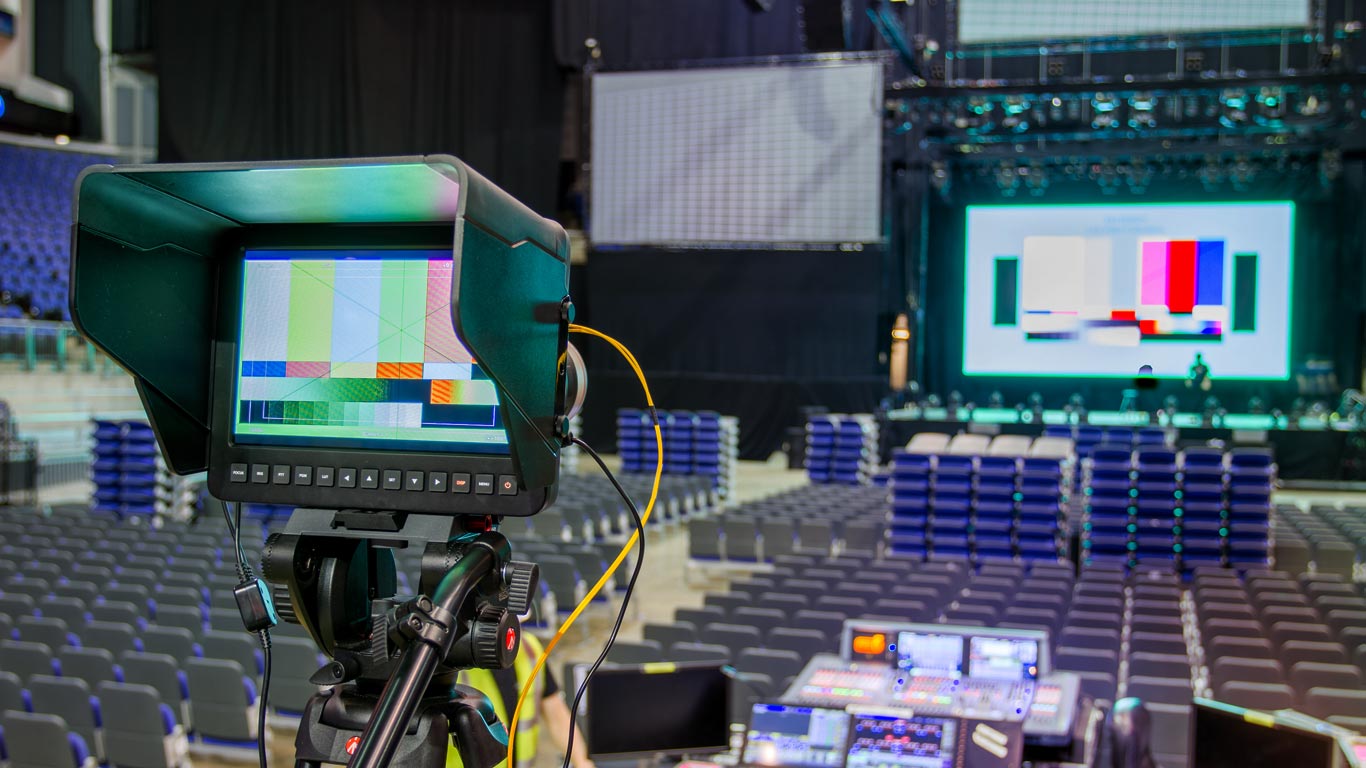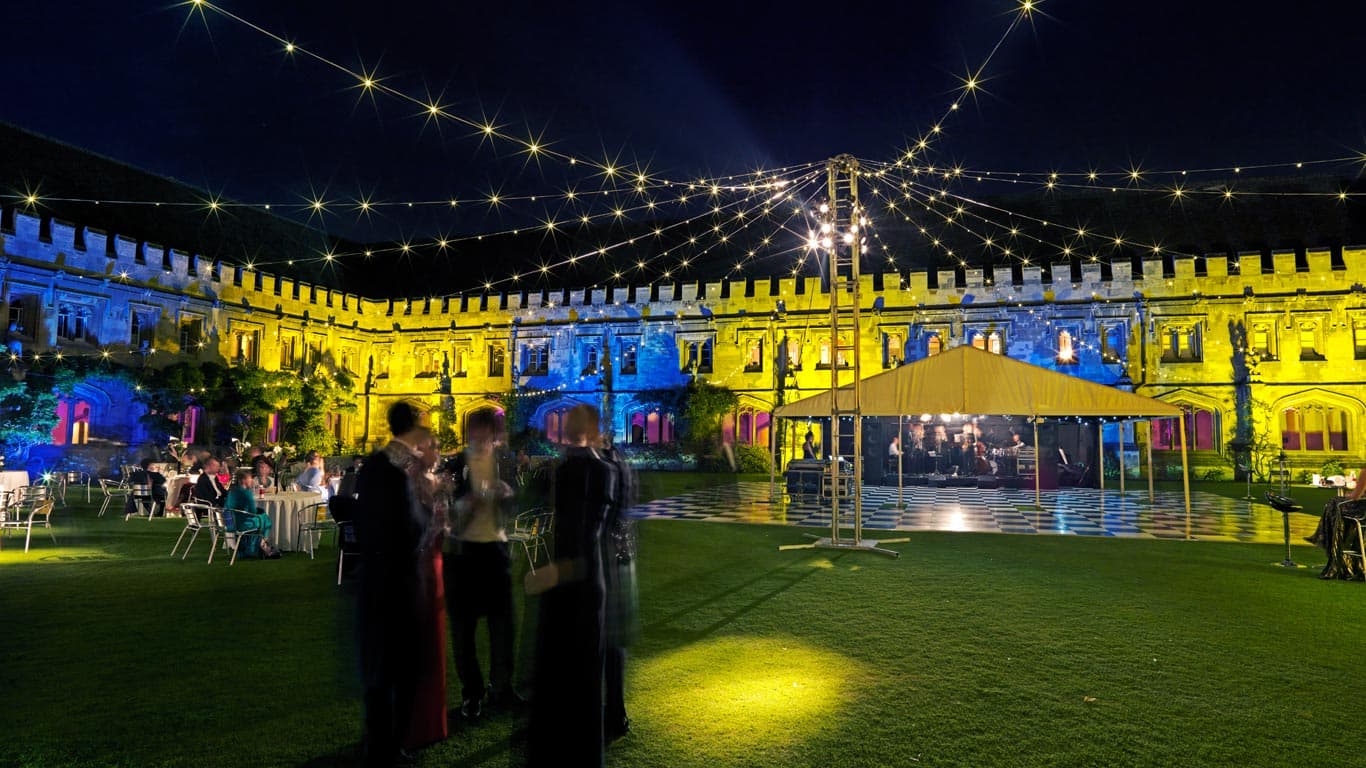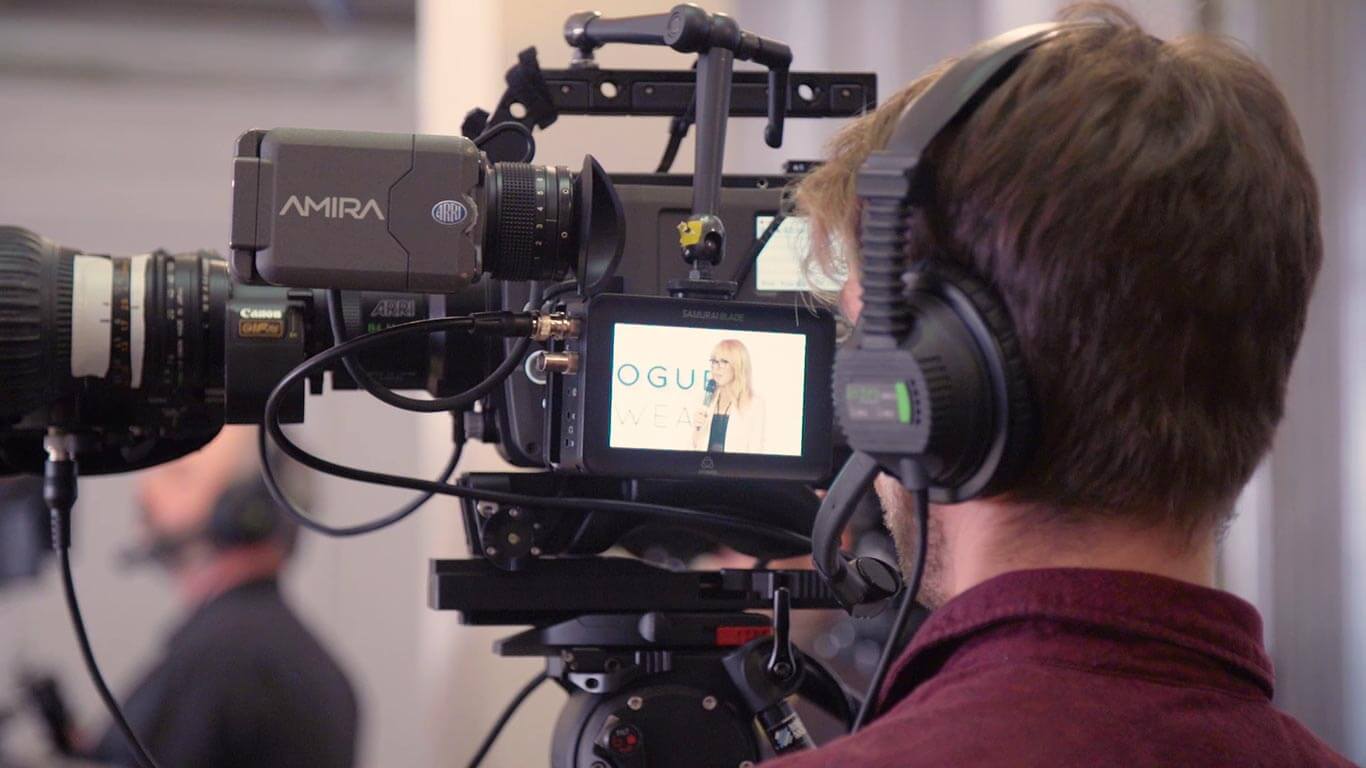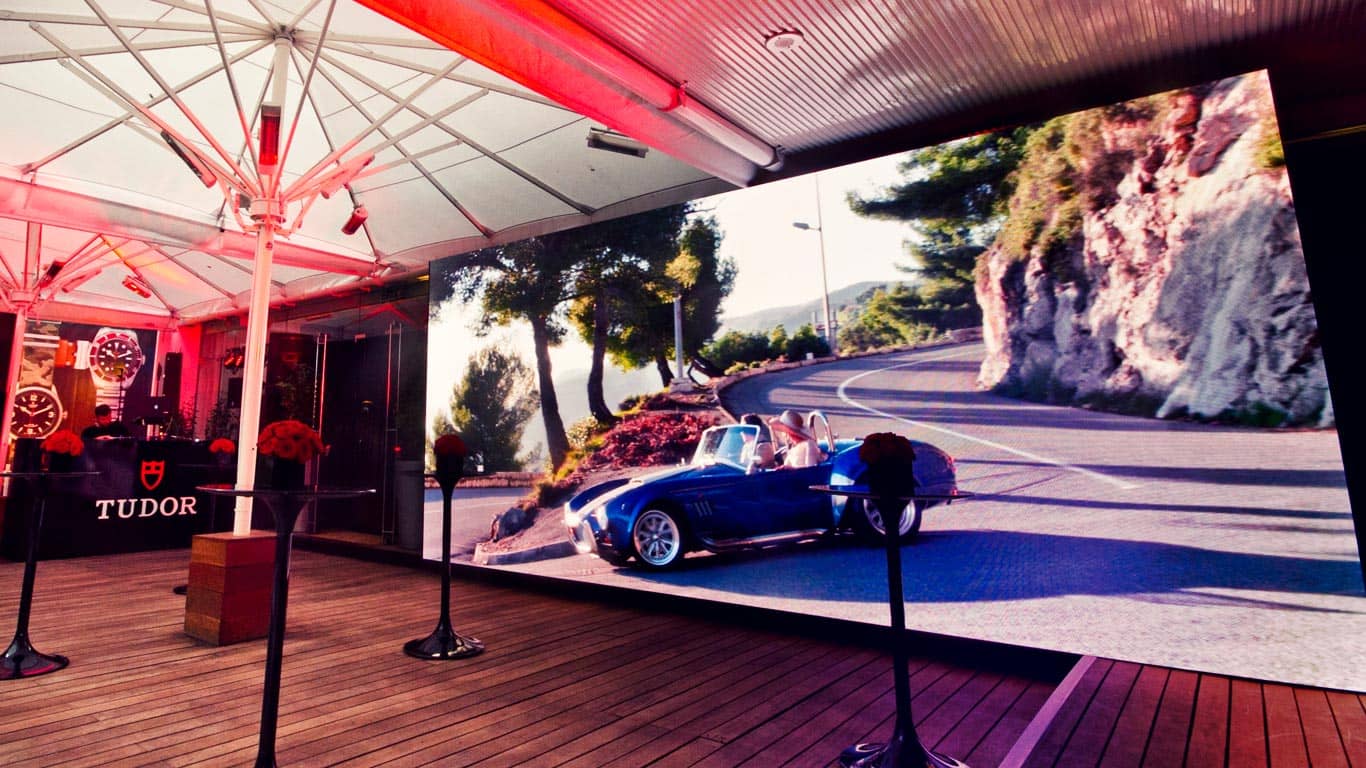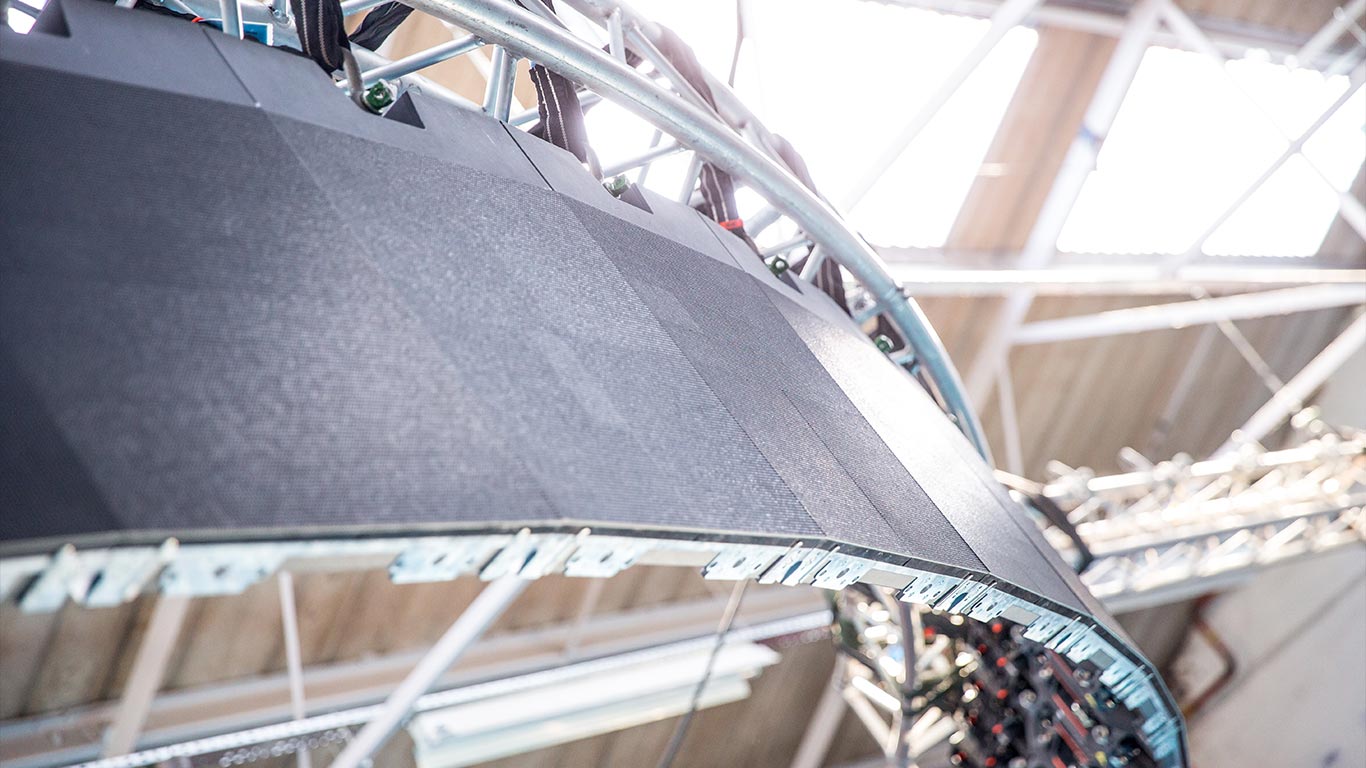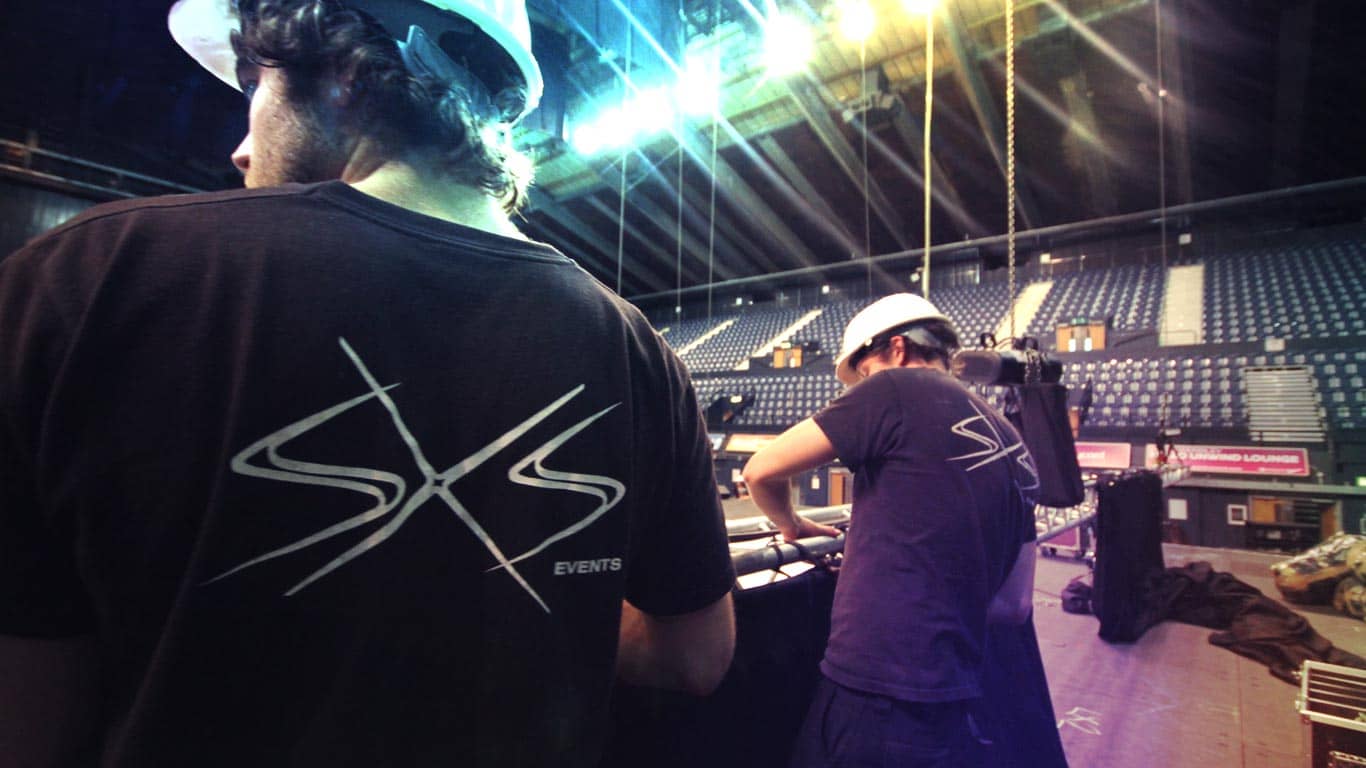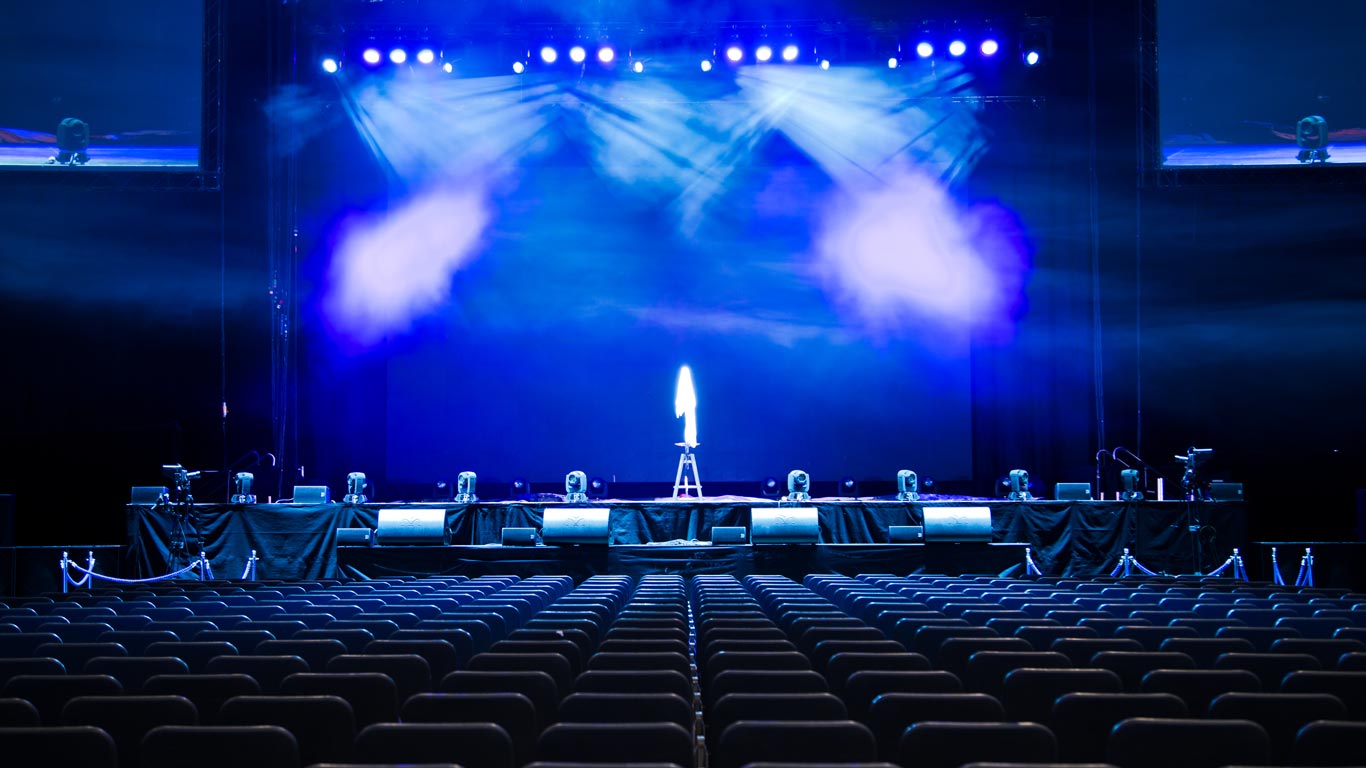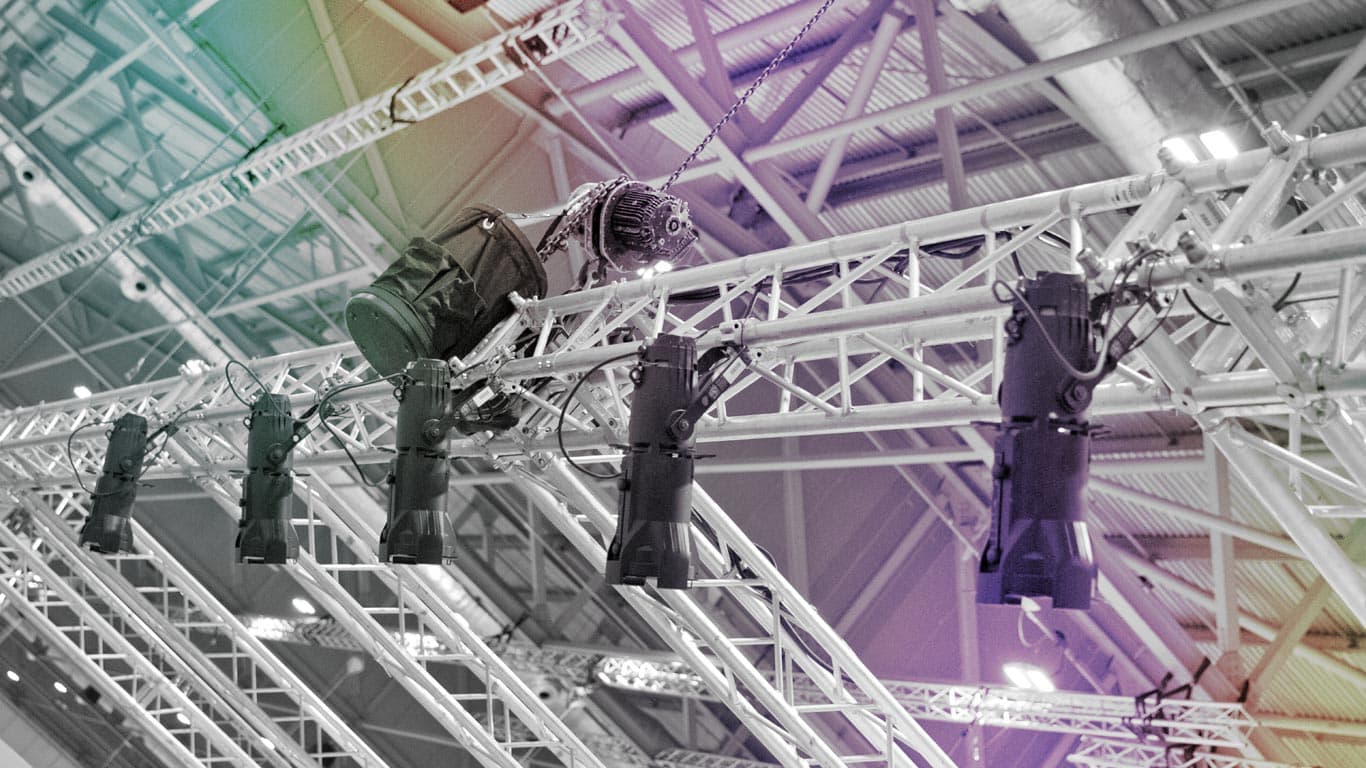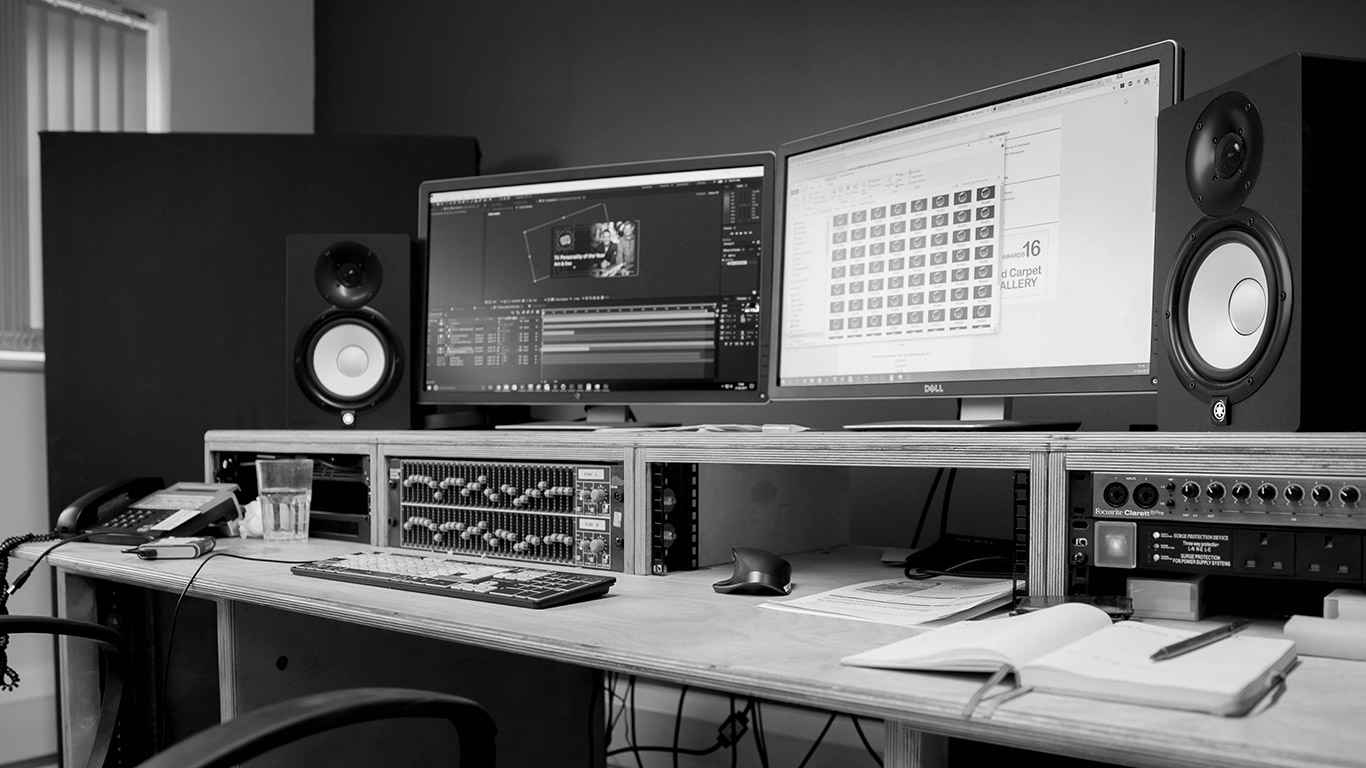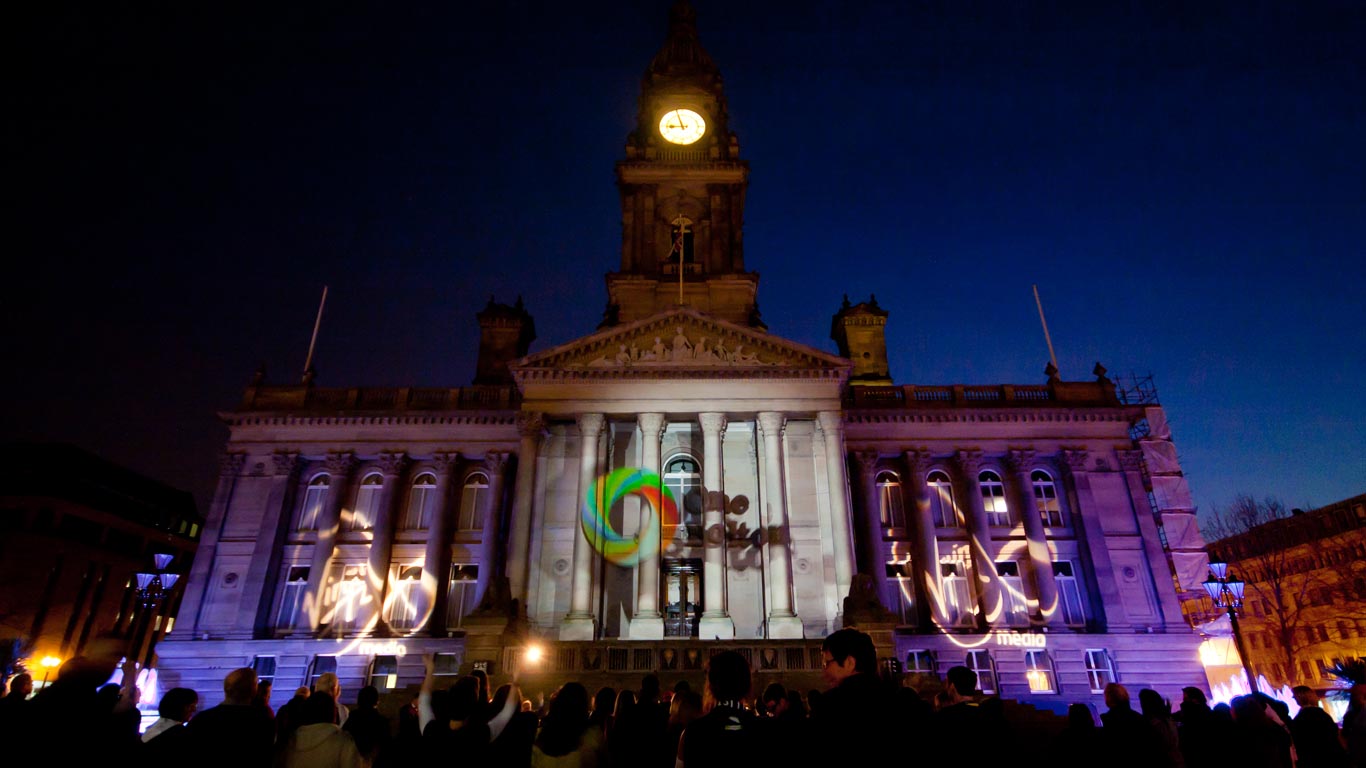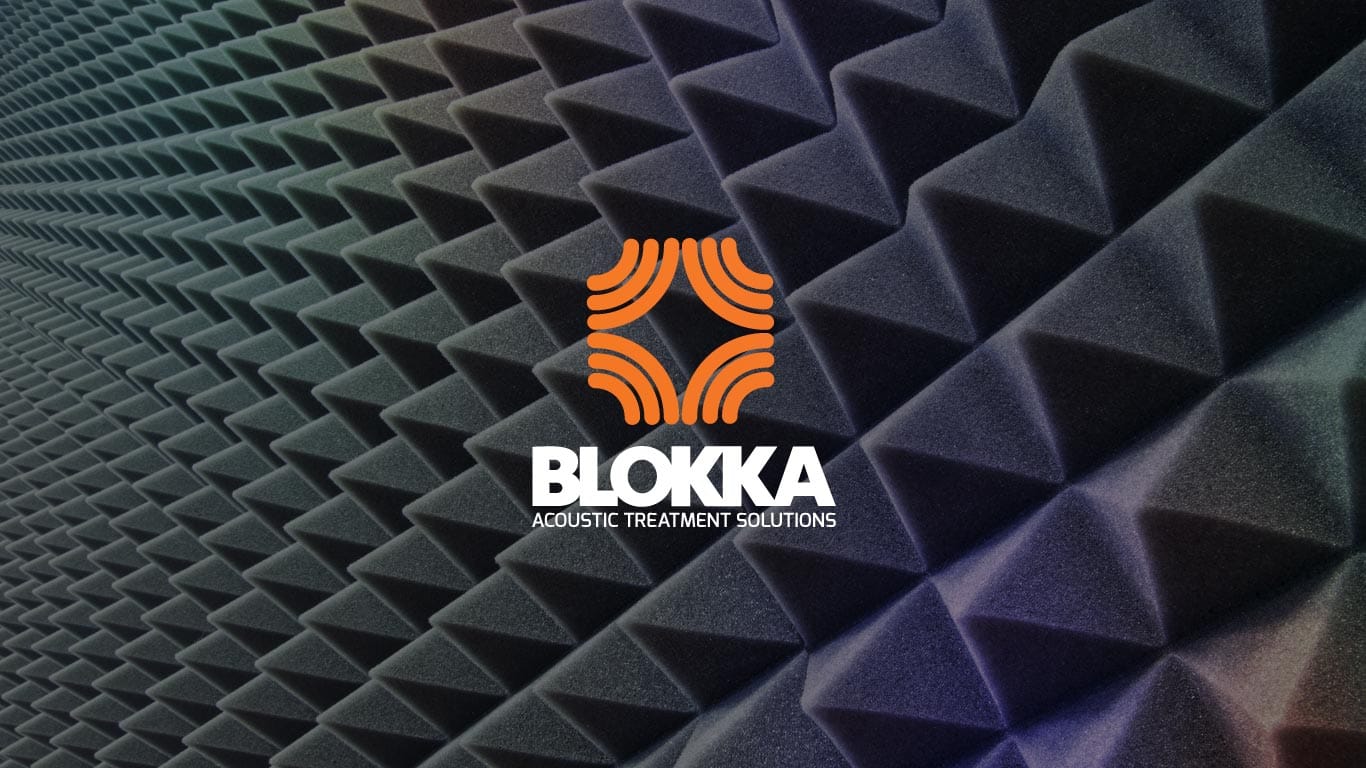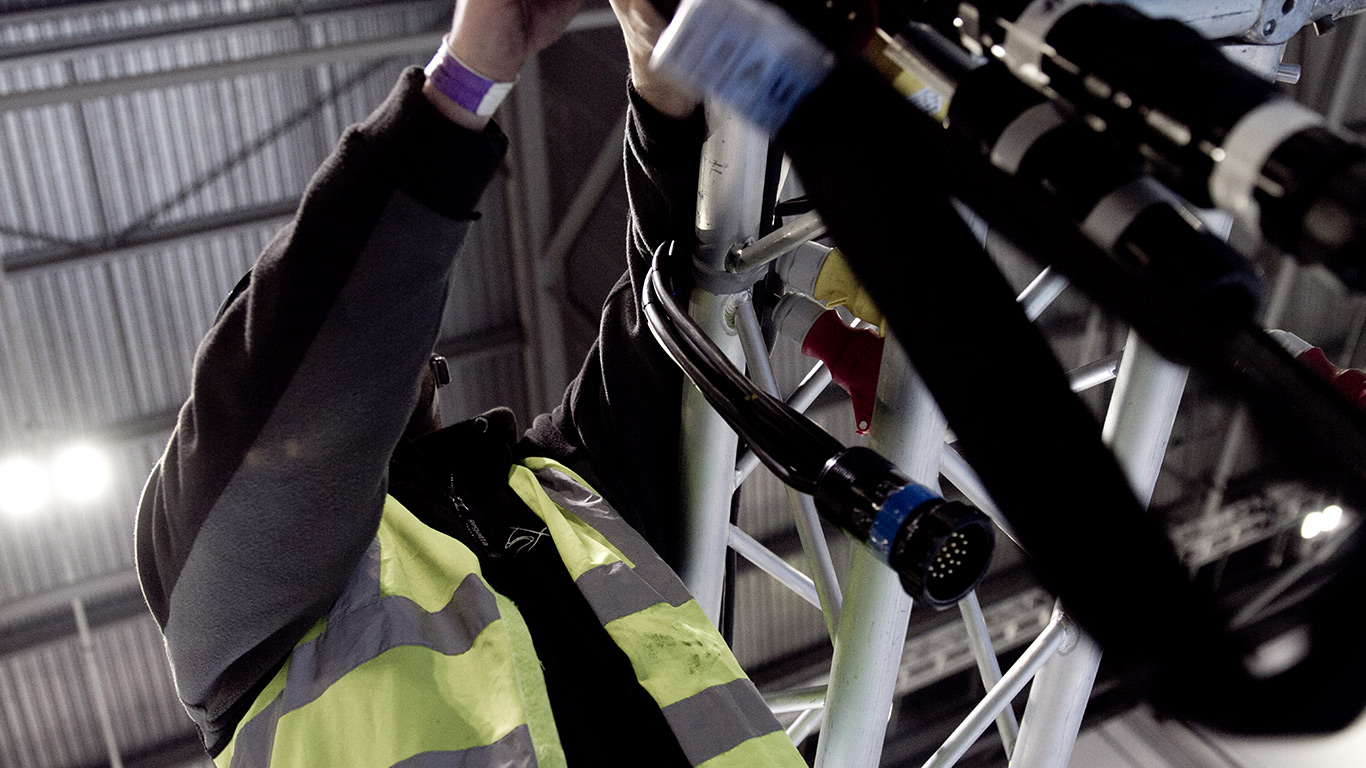Event Sound Proofing and Noise Reduction Explained
We frequently get asked to provide noise reduction for events and have found that this is an area that is increasingly important to event organisers, construction site managers and authorities.
This article gives some basic introductory information to the concepts and services around this specialist area of acoustics.
Why use noise reduction and acoustic treatment?
There are many reasons that someone might want to apply sound proofing or other noise reduction to a space. The reasons are broad and it is important to understand your objectives before looking into this. I will outline a few reasons sound proofing may be wanted and the considerations that go with these.
Environmental Noise
When an event or other activity is taking place in a built-up area it may be necessary to reduce the amount of noise that nearby residents can hear. In this case it is all about reducing the transmission of sound beyond the event space. This is very different from doing acoustic treatment inside a venue as we are trying to prevent sound leaving the venue.
Acoustic Treatment for Room Acoustics
Some venues produce a lot of echo or reverb which can undermine the audio content in a given program. In cases like this we would look to absorb as much of the sound energy as possible to prevent it reflecting around the venues. This can be done with acoustic panels, fabrics and other furnishings. It is common practice to use a thick wool serge drape to reduce these reflections. In addition we can use our Blokka sound panels with have god sound absorbtion properties across a range of frequencies.
Is Sound Proofing Possible?
Most examples of "Sound Proofing" do not actually completely get rid of sound but absorb or attenuate sound to a certain level. If the sound source is loud enough it will always be able to transmit through a wall or other material. As such it is important to understand that any acoustic treatments, especially temporary ones, will only help REDUCE noise, not eradicate it completely.
In many cases this reduction will reduce the noise levels to a level which is indistinguishable from background (or ambient) noise; thus removing the problem. We do not market any of our products as offering “sound proofing†as this suggests performance characteristics that do not exist in any temporary system.
How is it done on a temporary basis?
Temporary sound treatment can be installed into a range of venues and for a range of different applications. In most cases this will involve hanging the Blokka panels from rigging equipment so as to create a sound barrier.
It is important to identify the problem frequencies prior to the design of any acoustic system. Problem frequencies can be prevalent due to standing waves which in turn build resonance. This is important as it may determine which materials do and do not effectively reduce the problem frequencies. For example frequencies below 100 Hz will not be blocked by a wool serge drape as such frequencies need a much heavier material with a greater density.
What can it be used for?
Our sound proofing skills and equipment are ideal for:
- Festival Sound Attenuation
- Construction site noise problems
- Live Event sound proofing
- venue sound attenuation
- concert noise management
- Noise Reduction for other live events
- Acoustic treatment for venues and marquees
How good is noise reduction?
Temporary noise reduction can be very good if the right solution is designed in the right manner so as to affect the correct frequencies. Choosing the correct materials and applying them in the correct manner is critical in this design process. This should be done by an experienced audio engineer who has both a strong theoretical understanding of acoustics as well as many years of hands-on experience. Call us to speak to someone to design a solution for you.
What are the limitations and factors to consider?
There are many factors that are considering the design process of a noise reduction solution. An experience engineer will consider:
- Cause of initial noise source
- Ways to reduce the negative impact ofthe noise source without reducing the audience experience
- What the problem frequencies are which may involve multi-point spectrum analysis in line with a noise management plan
- Discussion with relevant local authorities or site owners as to defined sound level limits
- What materials and techniques are best suited to reducing the problem frequencies
- The most effective and efficient way to install and rig the chosen materials
Noise Reduction glossary
So as to help people understand the theory of noise reduction we have drafted a simple glossary of terms which we hope are helpful:
- Acoustic Envelope - The sonic envelope could be a draped room in a room, a marquee, or even a venue. So the application
- Attenuation - the reduction in acoustic energy by way of absorption
- Echo - sound reflections that are individually indistinguishable and have minimal interference with each other
- Frequency response - the relative amplitude of different frequencies across the audio spectrum.
- Sound absorption - how much acoustic energy is taken into a material; this affects both internal reflection and external transmission
- Sound Proofing - a phrase we will avoid altogether as it is suggests properties that our solution will not have
- Resonance - a resonance is a frequency of sound which creates a secondary sound in a material. This is commonly experienced in windows and doors when vehicles pass a building. The physical cause of this is typically because the wavelength of a sound corresponds to the length of a face of the material which causes the wave to double up on itself and create a create force of energy.
- Reverberence - sound reflections that interfere with each other within the acoustic envelope
Most of these articles are also available on Google+ via Johnny Palmer's Google + Profile



















